7 Effective Email Marketing Tips for Nonprofit Fundraising
7 Effective Email Marketing Tips for Nonprofit Fundraising
From Raheel Bhatti
I'm raising money for a cause I care about, but I need your help to reach my goal! Please become a supporter to follow my progress and share with your friends.
Subscribe to follow campaign updates!
More Info
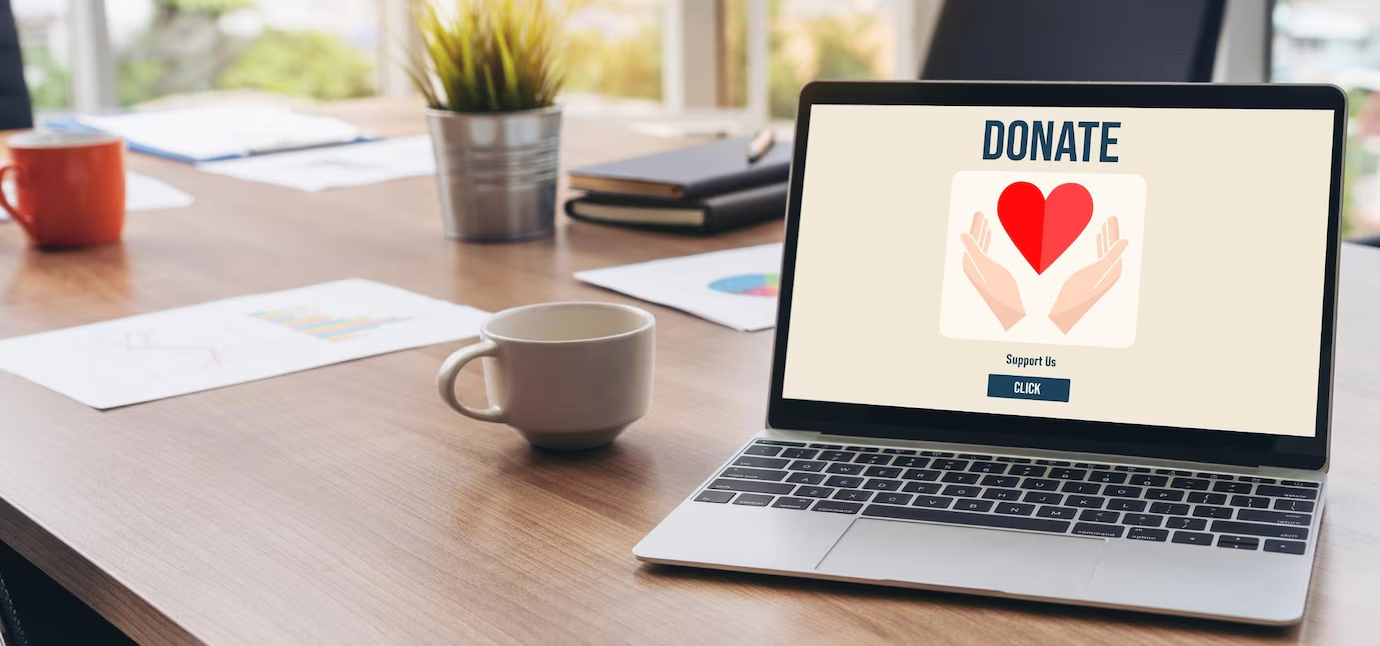
Marketing for nonprofits is tough. You have resources as scarce as a hen’s teeth and driving engagement using that is literally burning through money.
That’s where email marketing comes to your rescue. It’s not only cost-effective but also pretty easy to set up, which is perfect for nonprofit marketers who have a lot on their plate but always run out of time.
However, that doesn’t mean all you have to do is just “send” an email. To get the best out of email marketing, you’ve got to have some tricks up your sleeve.
Scroll down to learn about them!
7 Tips to Create Effective Mails for Your Nonprofit
“When setting up an email marketing campaign for a nonprofit, you must focus on three things. First, your audience. Second, the quality of the email. And third, how productive the entire process of creating and sending emails is.”
With these words in mind, let’s look at seven crucial tips to create effective emails for your nonprofit:
Audience precedes emails.
So, you’re barking up the wrong tree if you’re creating crowdfunding emails before finding the right people to target.
Building a strong email list is an important first step for a successful email campaign. Here are some tips that can help you get there:
Never buy email lists.
Offer exclusive content in exchange for email addresses. For example, offer downloadable resources like an impact report, a volunteer guide, or a free eBook about your nonprofit’s work.
Additionally, consider directing new subscribers to landing pages specifically designed to engage their interest. For example, nonprofits can benefit from creating high converting product pages that showcase the impact of donations or highlight the benefits of supporting a cause.
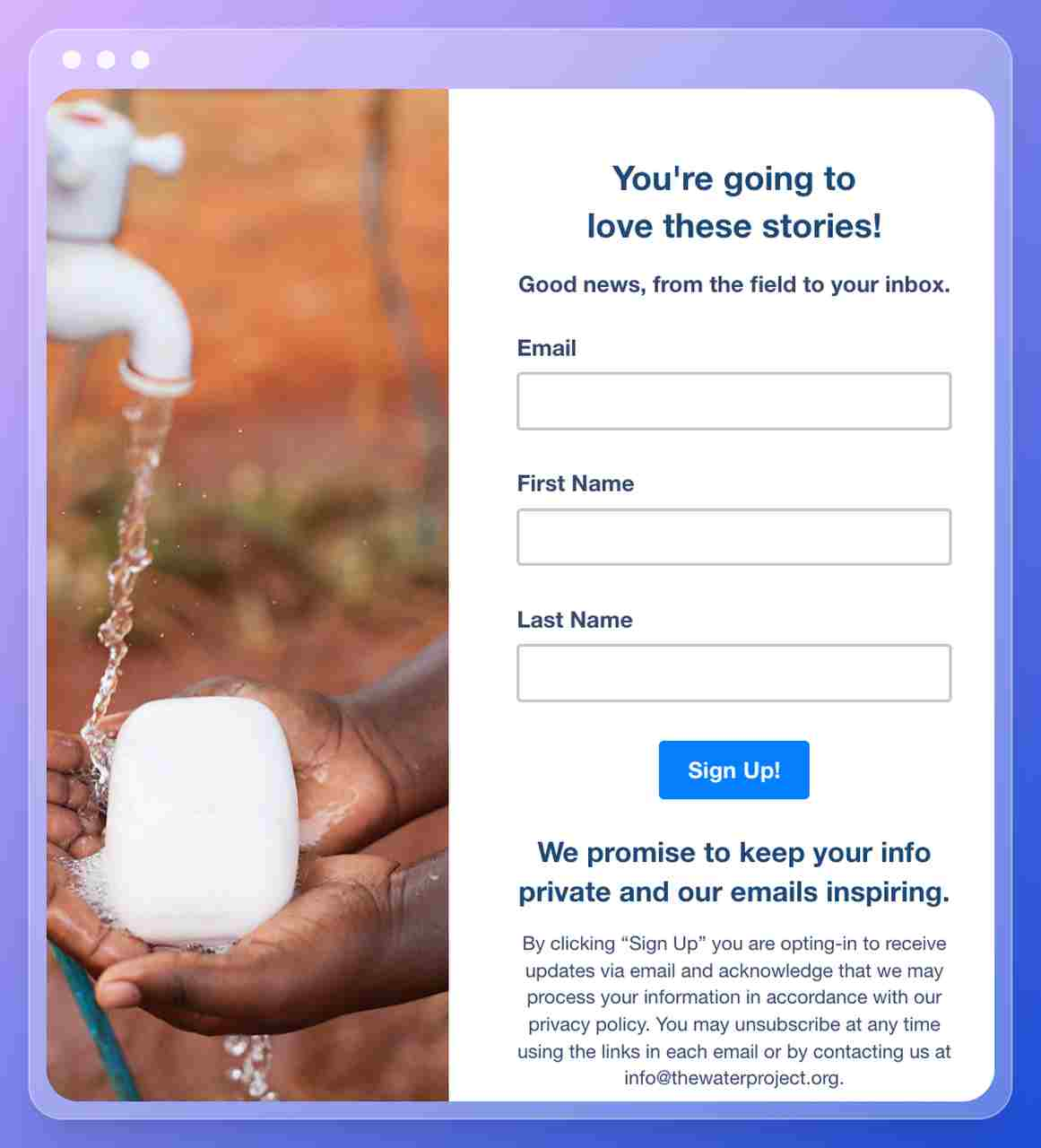
Be where your audience is. That means attending events, conferences, or local meetups where you can meet potential subscribers and get the ball rolling.
And if there’s not an event at the moment, you can always host one. For example, you can conduct a webinar to share valuable information with people while collecting their email addresses during event registration.
Add an email subscribe pop-up to your website (but make sure it doesn’t frustrate the viewers).
You must also regularly check your email list for inactive subscribers and communicate consistently (and relevantly) to reduce your email churn rate.
Sending the same email to all your subscribers may not give you the best results. This is because your target audience is not a whole group that follows the same interests.
For instance, out of 100 subscribers, 40 might care about ocean conservation, 25 about wildlife, and 35 about climate change.
That’s why it’s important to segment your audience. This way, you can send relevant emails that match your subscriber’s interests.
In fact, did you know that segmented emails tend to have 14.31% more opens than non-segmented ones? Just another reason why you must invest in audience segmentation.
Below are some factors on which you can segment your audience:
Age
Gender
Cause
Geographic Location
Interests
Values
Donation History
Event Attendance
Volunteer Status
Content Preferences
You can also create a different segment for subscribers who are highly active and interested in communication. As a result, you can send them more emails compared to the rest of the list.
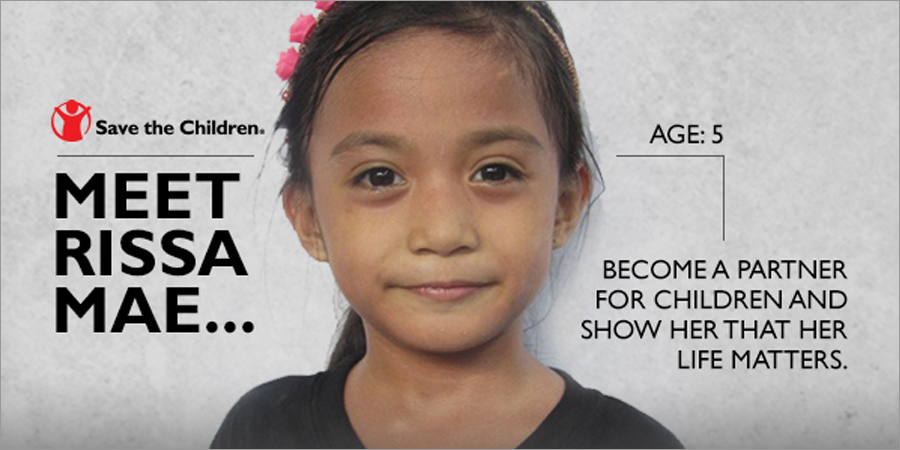
Every email sent out as a part of a marketing campaign needs to be compelling.
But when it comes to non-profits, your email should not only leave an impact but also resonate with the subscriber on a deeper level. Only then your audience will be moved to contribute to the fundraising.
Your email should speak on behalf of the people you serve or the cause you support. It should feel personal to the subscriber and evoke empathy.
Besides a great story, you also need a strong CTA that encourages action, whether that’s donating or inviting volunteers to join. Make sure your call to action is clear, urgent, and personal.
For example, instead of the usual “Donate Now,” you can go with “I want to help save [patient’s name].” This way, your message feels more personal and inviting.
You’ve created an amazing email with an eye-catching subject line and a strong call to action. But what if it doesn’t land in your subscriber’s inbox?
That situation is known as “poor email deliverability.” Unfortunately, research shows that 16% of nonprofit emails don’t make it to their destination.
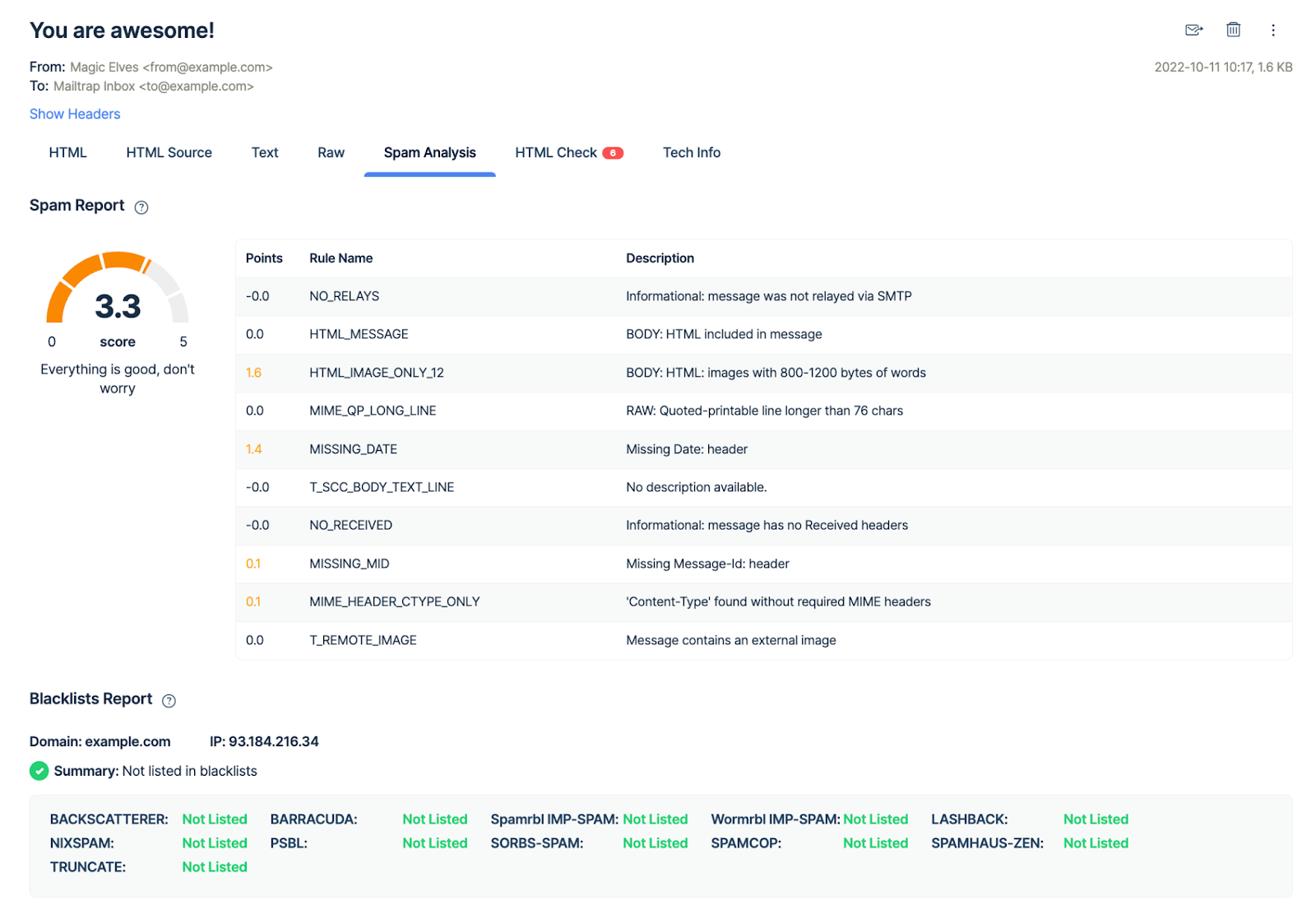
Therefore, you must always optimize your emails to increase the deliverability rates. Let’s look at three ways that can help you achieve this:
Regularly clean your email list. Regularly removing inactive subscribers helps you avoid overwhelming them with messages. This way, your mailbox service provider will see you as a responsible sender, not a spammer!
Use email authentication protocols. Authenticating your emails with SPF or DMARC shows they are genuine and from a trusted source.
Find out the perfect sending frequency for your email. Always experiment with different sending frequencies. This will help you understand how often you can reach out to the same subscriber without overwhelming them.
Let’s say you have ten subscribers at the moment. Now, each subscriber is at a different point in the email journey. Maybe someone has just subscribed to receive updates from you, while a few others have made their second donation.
Not to forget that we’re just talking about ten subscribers right now. In reality, this figure might be far greater than that.
So, how do you send the right email to a subscriber based on their journey? Most importantly, without wasting your time?
Automation.
Yes, with an email marketing tool, you can easily automate your email journeys. This means you won’t need to keep track of each subscriber’s actions manually. Instead, the tool will take care of sending emails automatically based on what your subscribers like and how they behave.
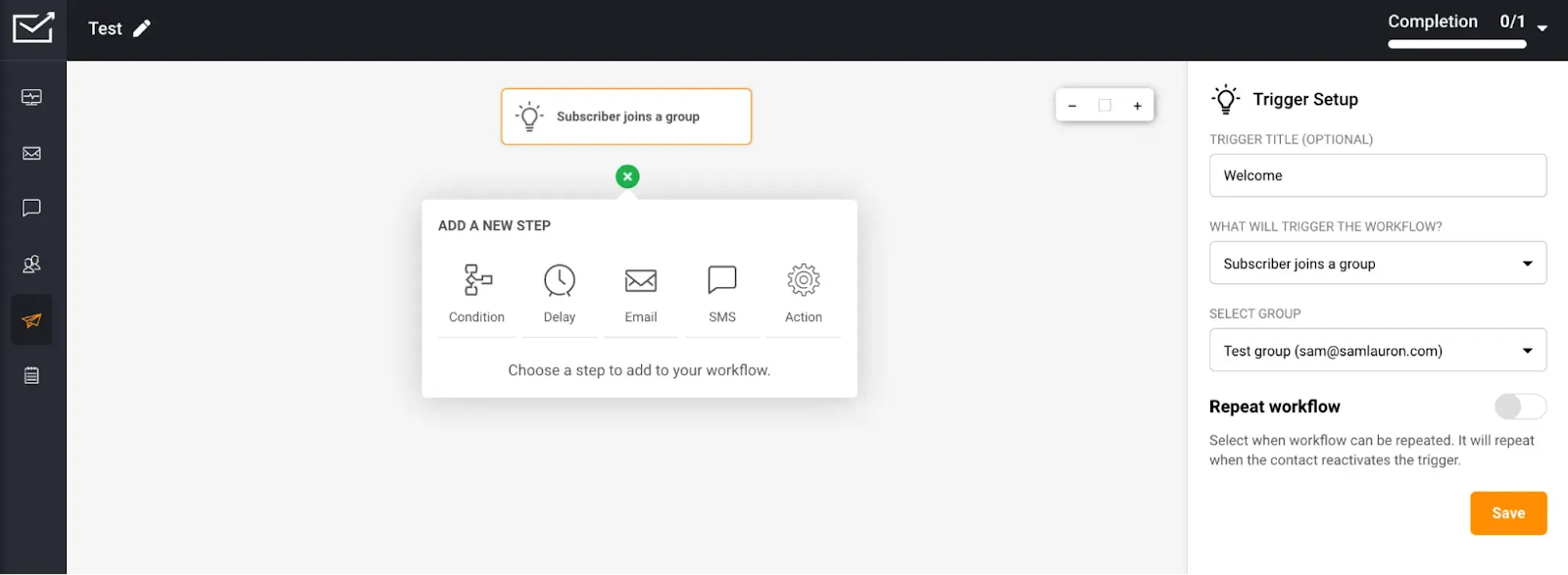
This can drive up to 320% more revenue than non-automated emails, which translates to high engagement and open rates for nonprofits.
For example, you can automatically initiate a “Thank You” series as soon as someone makes a donation.
Personalizing emails is much more than just adding dynamic first name tags in the content. While that’s a great start, there are many other ways to strengthen your relationship with your subscribers.
First, consider using those personal touches in the subject lines and CTAs. This can help your email catch their eye right away and stand out in their inbox.
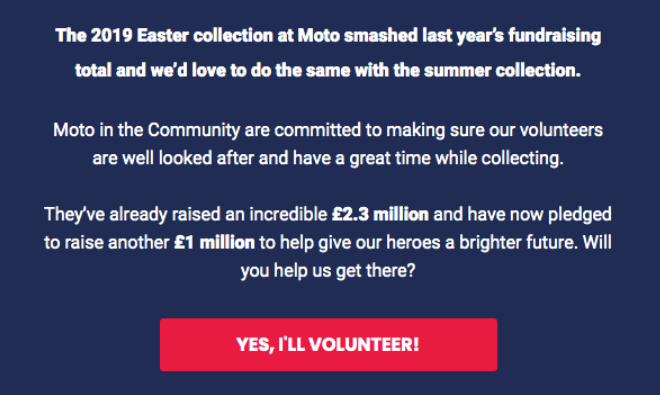
In addition to that, you can use an email marketing tool to understand when your subscriber is most active (morning, noon, night) and hit their inbox accordingly.
Setting up a preferences center is another great way to get subscriber information on what kind of content they prefer. This helps you increase the relevancy of your emails.
Your nonprofit email campaigns can be even more effective. All you need is a good strategy—one that involves tracking key metrics to understand what is working and what is not.
Below are some of these metrics that you must track:
Email open rates
Click-through rates
Deliverability rate
Spam score
Unsubscribe rate
Email conversion (or donation) rate
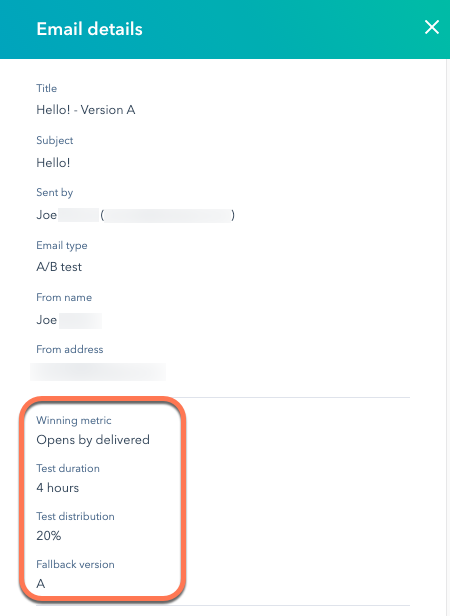
You can also A/B test different elements of your email to send out the best version possible. For example, you can compare different subject lines for the same email to see which one grabs more attention!
In a nutshell, emails can work wonders for your donation drive. The key is to do it smartly so that you’re not snowed under one more task. By automating emails, you can segment your audience, send relevant and personalized emails, as well as create automated journeys to reduce the manual work.
Campaign Wall
Join the Conversation
Sign in with your Facebook account or email.